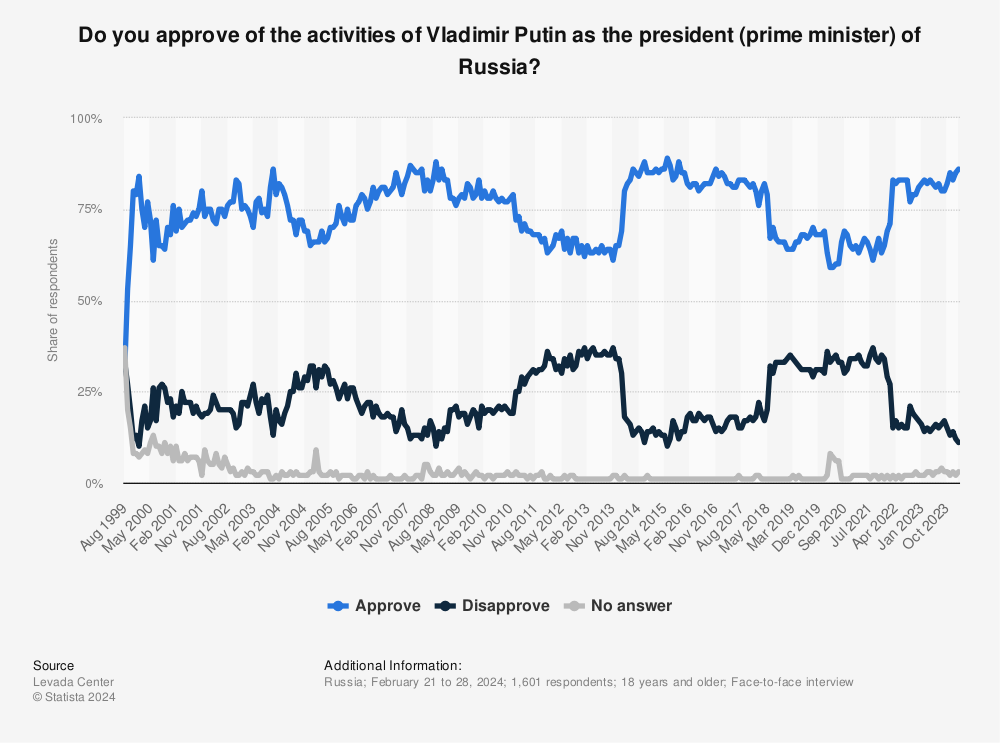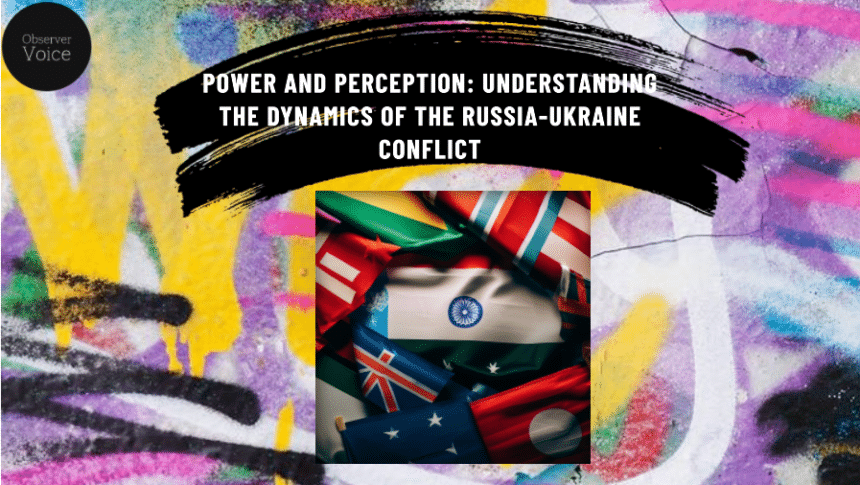In the intricate realm of international politics, power plays a central role in shaping the course of events. Those in positions of power often strive to maintain their authority, leading to debates surrounding their actions and intentions. Recent developments in Russia and Ukraine have ignited discussions regarding power dynamics, public sentiment, and the impact of military conflicts. By examining the available data and understanding the context, we can gain valuable insights into the prevailing arguments and analyze the multifaceted nature of power in international politics.
The Toll of the Ukraine Conflict
The ongoing conflict between Russia and Ukraine has resulted in significant human losses. According to reports, approximately 200,000 soldiers have been wounded or killed, with a staggering 40,000 lives lost. Such figures exceed the casualties of the USSR’s intervention in Afghanistan over a decade-long war. These losses have sparked concerns and raised questions about the crisis and its implications for Russia, prompting an examination of parallels with historical events and their potential application.
Public Perception and Putin’s Leadership
Public sentiment and perception of leadership play a crucial role in shaping political landscapes. While Western news channels readily report on the situation, it is observed that Russian media tends to provide limited coverage. Nevertheless, firsthand accounts from individuals affected by the conflict, including returning soldiers and those residing in war-torn areas, shed light on the realities faced in Ukraine. Their stories emphasize the impact of the crisis, the support Ukraine receives, and the popularity of Putin’s regime.
Fluctuating Approval Ratings
Analyzing data from surveys conducted over time, we observe fluctuations in public approval and disapproval of Putin’s government. In 2014, during the annexation period, the approval rate remained high, with around 80% of the population showing support. However, as the government reduced its contribution to pensions, a decline in approval became evident. Conversely, investments in innovation and other endeavors led to a resurgence in support. These trends indicate that major crises do not necessarily correlate with significant shifts in public sentiment.

Find more statistics at Statista
Understanding the Ongoing Conflict in Donetsk & Luhansk Region
The situation in the Lohan region has taken a significant turn with the declaration of the republic. While this is considered a success, it is essential to provide an update on the current state of affairs as of June. Despite ongoing struggles in the region, it is crucial to shape public perception and highlight our achievements to establish the success of our military operation.
Success breeds confidence among people, and it is our responsibility to instill pride in them. By demonstrating the legitimacy of our actions, we can garner support and belief in the success of our military endeavors. People are tired of failures, and it is our duty to present them with tangible achievements.

To provide a clearer picture, let us focus on the eastern part of the Lohan region. A republic has been declared in this area, and although it poses challenges, it is not an insurmountable problem. However, there are areas, marked in blue on the map, where Ukrainian forces have gained control. The red lines indicate limited control by local authorities, while the blue areas signify the increasing presence of Ukrainian forces.
The recent flooding in the blue region has further complicated the situation. It is evident that developments in this area demand our attention. Ukrainian forces are reinforcing their presence in the eastern part, escalating the struggle. As a result, we are facing increased uncertainties in this critical region.
The three highlighted fronts have been extensively discussed, as they are central to the ongoing counter-offensive. Ukraine claims to have transitioned from a defensive stance to an offensive one. Operational details have not been fully disclosed by Ukrainian media, but various defense contractors and media groups have shed light on the situation. Reports indicate successful efforts to thwart Russia’s influence in the crucial Bakmuth area, leading to losses for Russia.
Although there is partial control over the media, some attempts have been made to show dissent among the Russian public. It is important to acknowledge that certain segments of the population are questioning the situation. However, such sentiment remains limited due to media control. Nevertheless, it is worth noting that certain media groups, predominantly Western-based, have reported a decline in support for the military operation. We must consider these varying perspectives while remaining aware of the initial success and the overall public sentiment.
The recent refusal of military personnel in some instances, as reported by certain media outlets, could indicate a growing anti-war sentiment. If the military begins to defy orders, the situation may spiral out of control. However, it is essential to recognize that these dissenting individuals do not represent the entire nation, nor do they possess a coordinated body. We must not let our anger cloud our judgment.
Read More: The Russia-Ukraine Conflict
Moreover, we must consider the economic implications and the potential harm to industrialists if anti-government sentiment intensifies. The state should invest more in social welfare to ensure the happiness of its citizens. Increasing salaries for government and private employees would provide economic benefits, promoting stability and contentment among the people.
Addressing the concerns of the Russian public while navigating the delicate balance between the West and Russia is crucial. The impact of the conflict between Russia and Ukraine on India’s interests has been a subject of repeated discussions. Balancing these interests requires careful consideration.
Challenges and Power Consolidation
Putin faces challenges in terms of recruitment for the military, particularly from marginalized groups in remote regions. As casualties rise, recruitment rates decline, posing a predicament for the powerful groups on which Putin relies. To address this issue, alternative strategies have been implemented. Prisoners were initially sent to the frontlines, but this policy was later abandoned due to objections from military officials. Instead, incentives and quotas were introduced for those willing to fight for Russia, fostering the perception of military success.
Read More: China’s Rise in International Politics: The Next Global Hegemon?
In conclusion, while some media groups speculate about an impending revolution, it is unlikely to occur. Putin’s autocratic leadership style and his popularity make it unlikely for negative sentiments to sway public opinion significantly. History has shown us that dictators can remain in power despite setbacks. The cases of Saddam Hussein, Stalin, and Hafiz al-Assad exemplify how dictatorship functions differently from other political systems. Although managing the current situation may prove challenging for Putin, it is certain that he will maintain his position. India, in the midst of balancing relations with the West and Russia, must carefully evaluate the implications of the Russia-Ukraine conflict on its interests.
The complex dynamics of power in international politics are exemplified by the ongoing conflict between Russia and Ukraine. The significant human toll, public sentiment, and the consolidation of power within Putin’s regime all contribute to a multifaceted narrative. By examining the available data and considering various perspectives, we gain a deeper understanding of the arguments and challenges at play. Ultimately, the evolving dynamics and their consequences will shape the future of these nations and influence the course of international relations.

